The "RealX new product launch and mass production ceremony of 0glasses consumer-grade MR glasses" was held on the second floor of the AR/VR Science and Technology Museum of the VR Industrial Base in Nanchang. The theme of this RealX new product launch and mass production ceremony is "Different vision, different world", "See the world differently. See different worlds". 0glasses CMO Yang Jinzhong, 0glasses CTO Wang Youchu, and 0glasses Deputy General Manager Xia Caihua released three new products on site, including the highly anticipated 0glasses consumer version MR glasses RealX, 0glasses enterprise version MR glasses Danny 2, and developer platforms for to C and to B.
Among them, the 0glasses consumer version MR glasses RealX is the lightest and thinnest binocular sunglasses-style MR smart glasses that can realize true MR functions. Its mass production weight is only about 70g, adopts coaxial air-guided optical design, foldable glasses legs, FOV50 degrees, 0.39-inch Micro The OLED screen has a high-definition resolution of up to 1920*1080 and supports SLAM as well as interactive technologies such as gestures and voice. It adopts an 8-megapixel dual-camera design and is equipped with detachable vision correction lenses, which takes care of people with different vision, and has excellent wearing comfort, stability and durability. It is also equipped with non-transparent lenses. When wearing non-transparent lenses, it is a pair of glasses in VR mode. It is also compatible with flagship mobile phones such as Huawei, Xiaomi, Samsung, and OPPO, and frees mobile phones from the "contradiction between ever-increasing computing power and small screens" in the 5G network environment. It is worth noting that this 70g MR glasses RealX that can truly achieve mixed reality effects is only priced at $615.
But the focus of the editor today is not the helmet, but the micro OLED display used in the helmet.
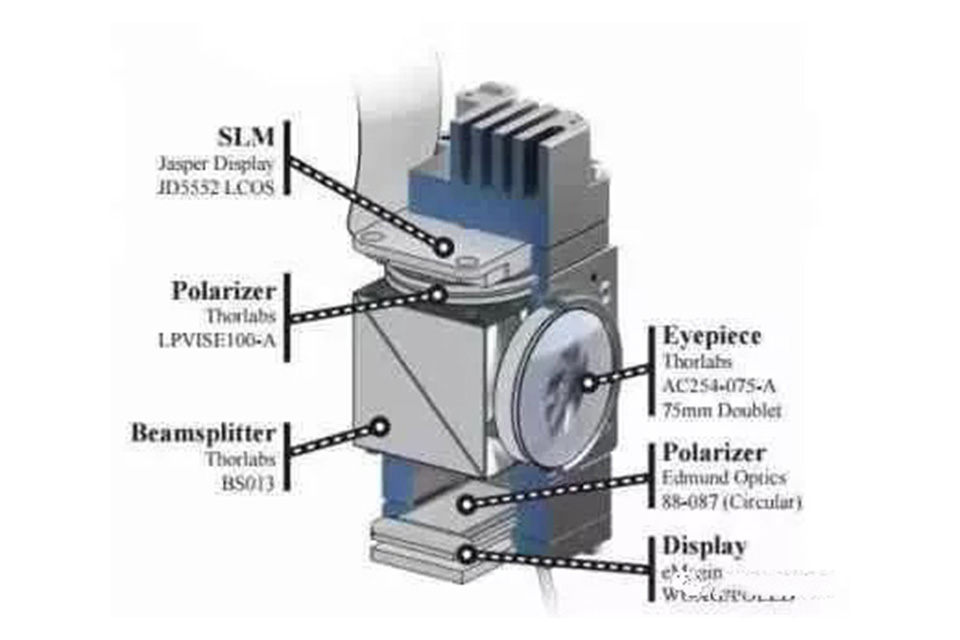
However, according to the editor, this is not the first company to use micro OLED for head-mounted devices. As early as 2005, eMagin launched the consumer head-mounted device Z800 3dvisor, a micro display helmet equipped with an SVGA resolution display (40-degree field of view).

In addition, at the MWC2016 World Mobile Communications Conference, Epson released a new AR glasses Moverio BT-300, which also uses micro OLED technology. There are many other devices that I will not list one by one.
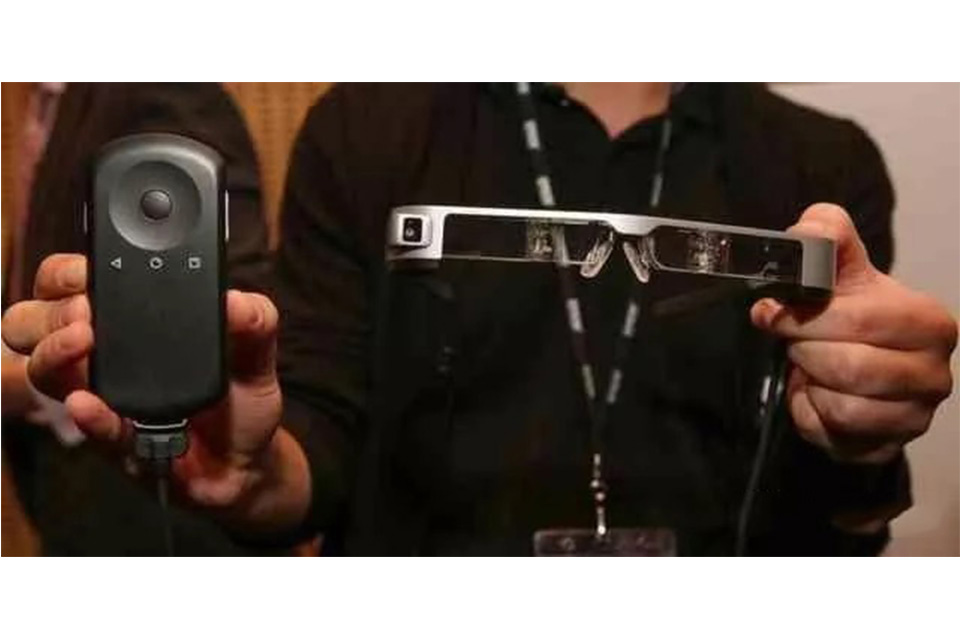
Currently, microOLED technology is mainly used in VR and AR. The main players are eMagin, Kopin, Fraunhofer, Epson and Sony, Orled, BOE, Vision, etc.

In the field of VR, the display has evolved from traditional LCD to AMOLED. Problems such as color reproduction, contrast and response speed have been well solved, but due to the bottleneck of high resolution, the display effect of VR products using AMOLED is still unsatisfactory.
In addition, although the AMOLED screen is thin and light and does not require backlight, it is still very large. For example, Sony PlayStation's VR device is 5.7 inches, and the device is very large, which limits the optical design and device appearance design.
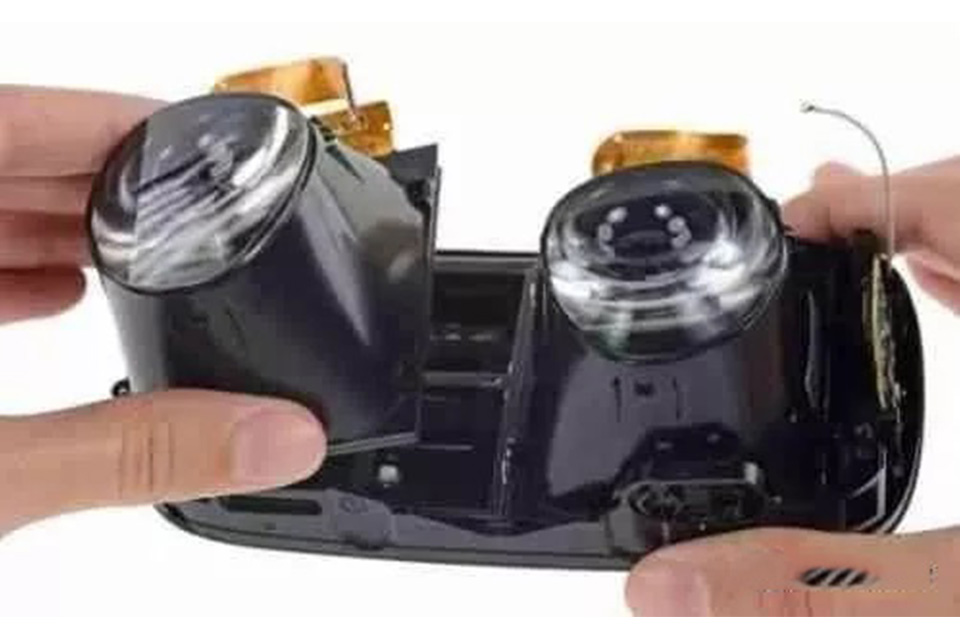
In this regard, micro OLED It can solve the above problems of AMOLED. First, the resolution of micro OLED can reach several thousand PPI, which is completely unafraid of the magnifying glass in VR devices; secondly, the volume of micro OLED can be very small, which can enable VR devices to achieve more complex optical design.
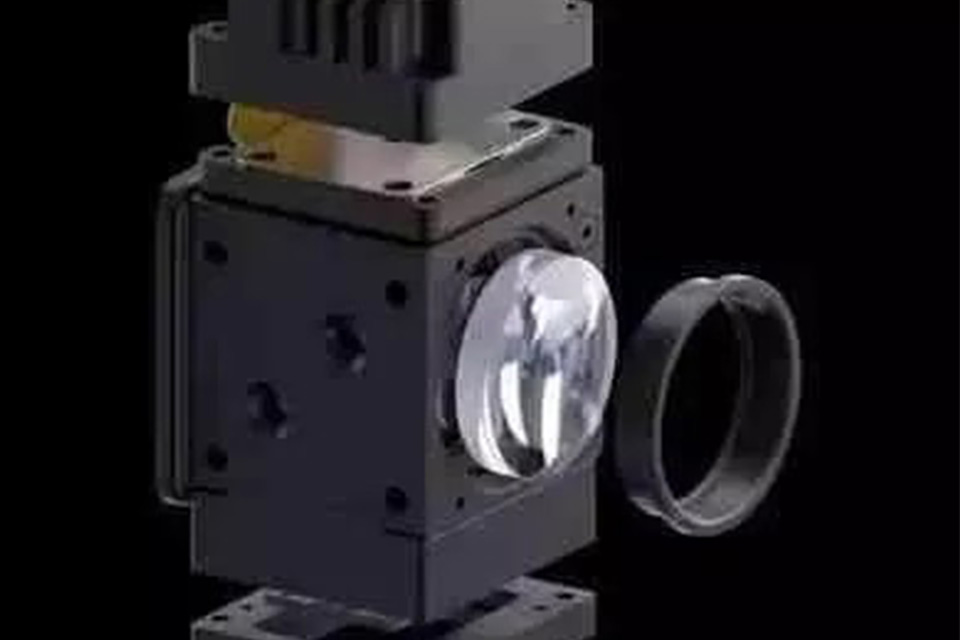
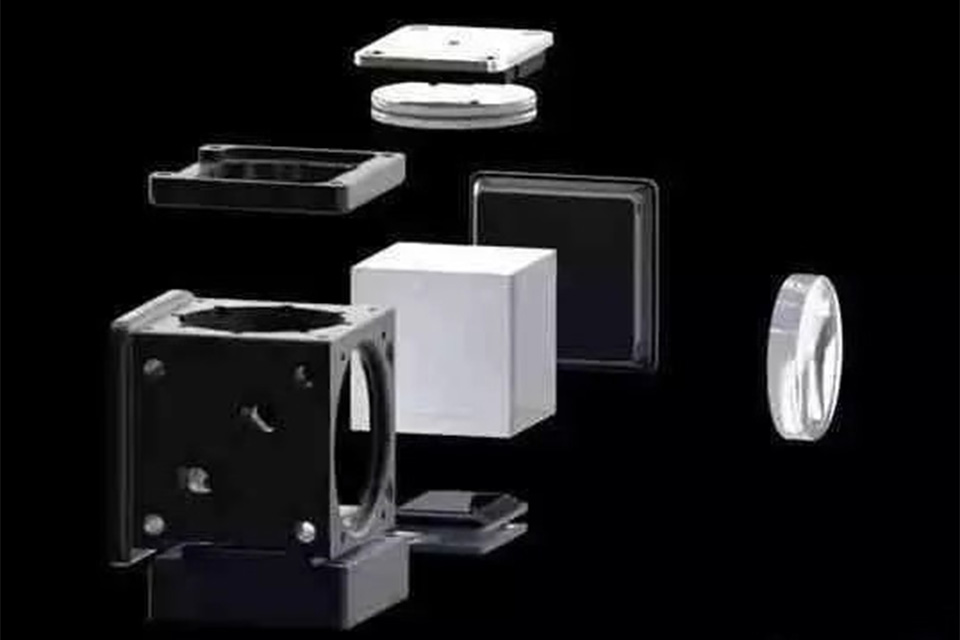
In the field of AR, micro OLED has rich experience. In the development of AR devices, the biggest competitor of micro OLED is LCOS (liquid crystal on silicon screen projection technology), the most typical applications of which are Google Glass and Microsoft Hololens. The detailed principle of LCOS will not be discussed here, because it is not the protagonist today. You can think of it as a micro projector.
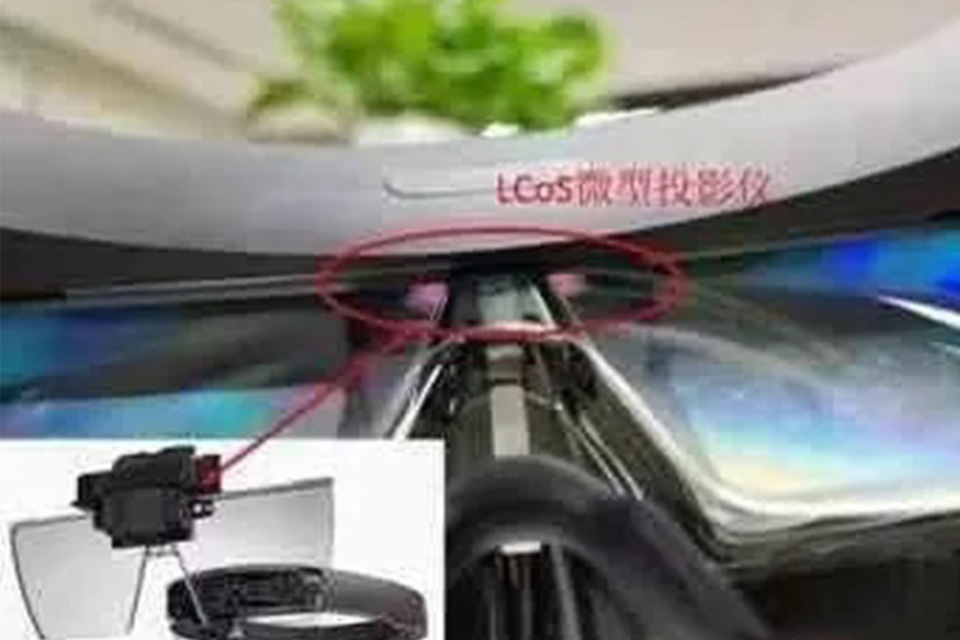


LCOS has the characteristics of high light efficiency, small size, high aperture ratio, mature manufacturing technology, and low cost. It can easily achieve high resolution and full color performance. In addition, LCOS can achieve higher pixel density than micro OLED through complex optical design, and can also integrate waveguides (Hololens' display system is a two-dimensional optical waveguide).
In contrast, micro OLED Relying on organic materials to emit light, under high PPI conditions, the area of each pixel is very small, and the luminous brightness of OLED is proportional to the pixel area. Of course, this does not include the extremely inefficient blue fluorescent material and the WOLED color filter that filters out 2/3 of the brightness.

This may not be a problem in the dark light environment of VR, but in the natural light scene of AR, the insufficient brightness of micro OLED becomes a fatal flaw. Sorry, there is no solution.
Micro OLED microdisplay devices use single-crystal silicon wafers (Wafer) as the backplane, and have the characteristics of self-luminescence, thin thickness, light weight, large viewing angle, short response time, high luminous efficiency, etc., and are easier to achieve high PPI (pixel density), small size, easy to carry, low power consumption and other excellent characteristics. They are particularly suitable for AR/VR display devices such as helmet displays, stereo display mirrors and glasses-type displays.

Sony releases 0.5-inch OLED microdisplay

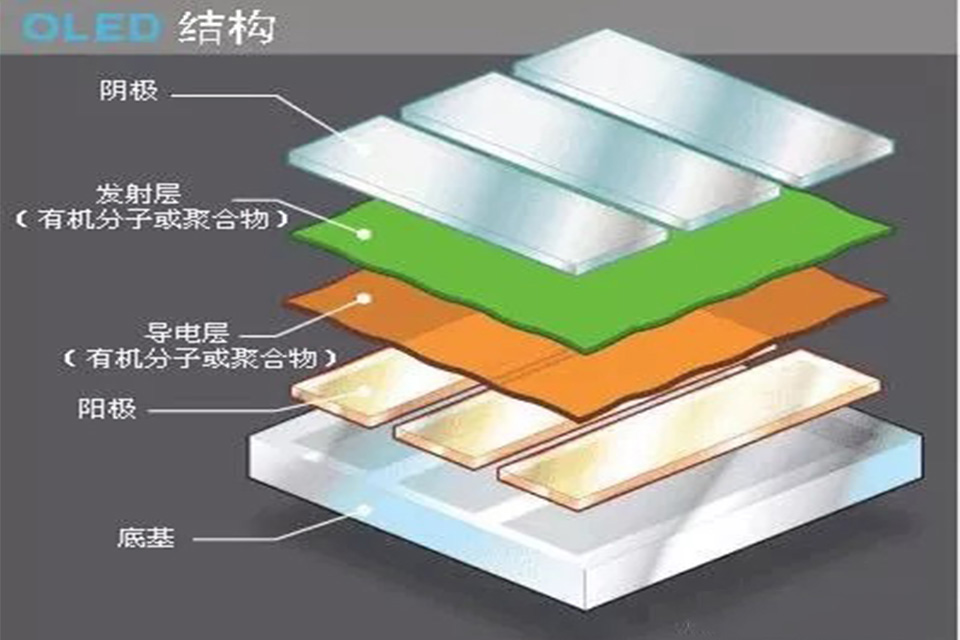
Micro OLED can be switched on and off quickly, with a switching speed of up to one millionth of a second, while LCD The switching speed is one thousandth of a second. This not only achieves a very high frame rate, but also allows the application of special modulation processes to improve image quality.
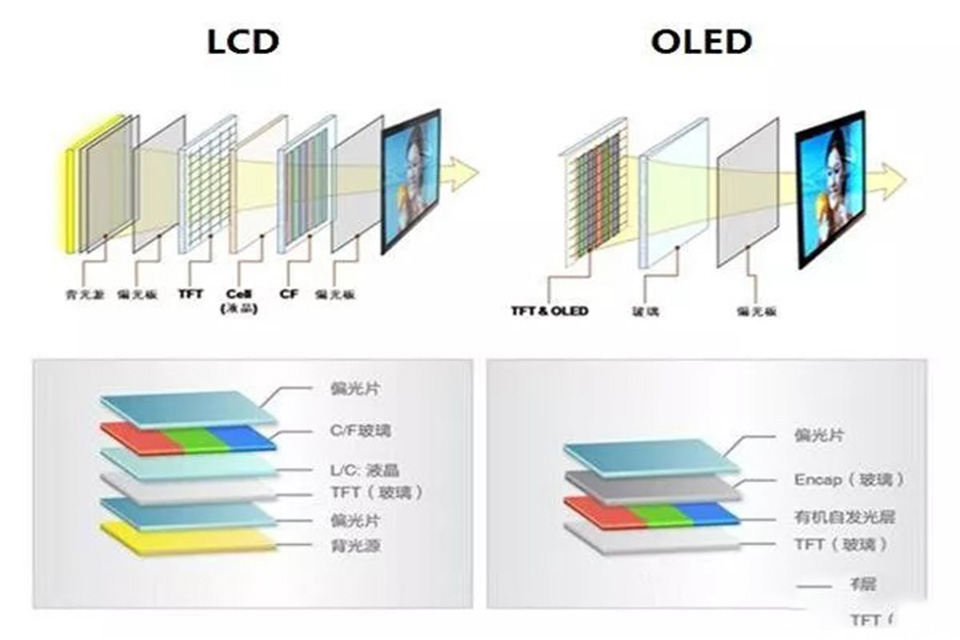
Compared with Lcos displays:
Lcos displays are not self-luminous, and require external light sources to emit light and backplane reflections, which consumes a lot of power and has a color contrast ratio of only 1000:1. OLED microdisplays are based on organic light-emitting diodes, which are integrated on silicon chips and are self-luminous. Therefore, they are not only energy-saving, but also can achieve very high contrast ratios, higher than 10,000:1. In addition, the lack of a backlight also means that it is easier to construct and requires fewer optical components.
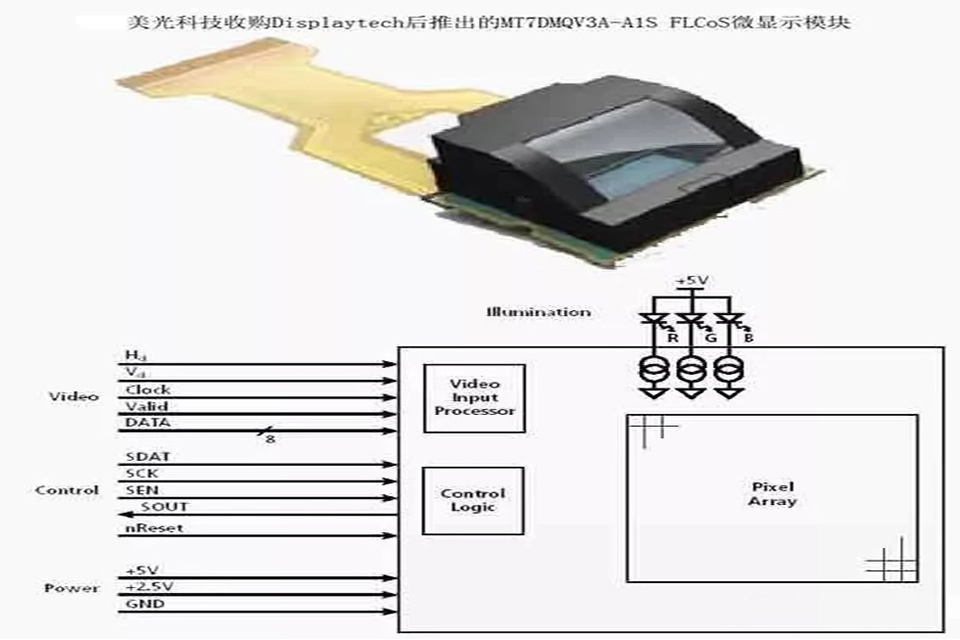
High contrast plays a very important role in the UI display of AR glasses. For example, if you want to achieve AR transparency, the transparent UI background needs to be pure black, and Micro The pixels of the pure black part of OLED can be realized by not emitting light from the pixels, thus achieving complete black, which is completely transparent in AR glasses. However, due to the principle of the display, Lcos will always be illuminated by an external light source, so it is impossible to achieve a completely black display. The black will always be grayish. Therefore, when the AR display perspective effect is displayed, there will always be a layer of translucent background, which cannot be completely transparent.

Google glass uses a micro LCOS screen. The real shot shows that the imaging background is not completely transparent.
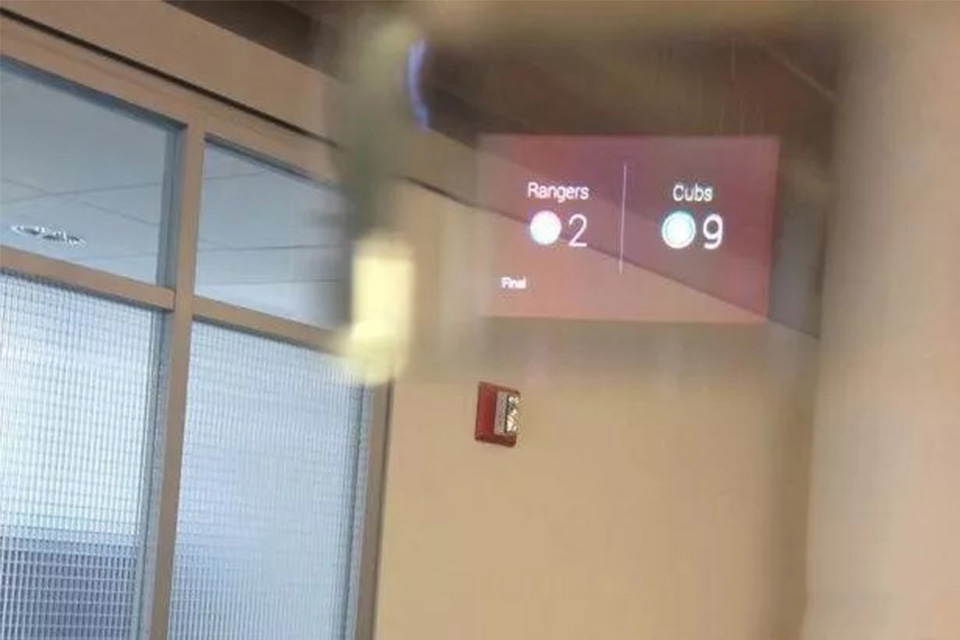
Take a closer shot of the LCOS screen effect, and it is clear that the background area is not completely transparent.

Nedjia NED+GlassX2 AR glasses use Sony micro OLED for real shots, and the background outside the model is completely transparent.
From the comparison of the above real shots, it can be clearly felt that the display effect of Micro OLED is very suitable for application in AR glasses and other AR displays.
Finally, it should be mentioned that in addition to LCOS and micro OLED, AR display solutions also have the recently popular microLED, which solves the problem of insufficient brightness of micro OLED and also has micro Because of all the advantages of OLED, AR devices will not see micro OLED in the foreseeable future, which is a bit sad for those who are working in the field of micro OLED.
Contact: Ashley Wu
Phone: +86 17773983073
E-mail: [email protected]
Add: 708 Room A Buiding Huafeng International Robot Industrial Park Xixiang Bao'an